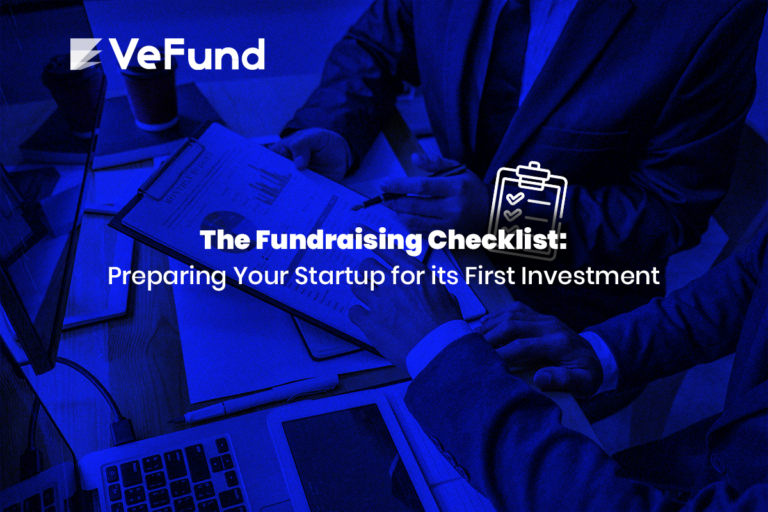Fundraising Red Flags in Startups
Angel investors know well what it takes to invest in a startup. There are way more reasons to say no to an investment than to say yes. The whole investment process, from deal screening to due diligence, should always give out clues about whether we’re dealing with a good or bad investment.
Here we are going to share some fundraising issues that should be treated as red flags. A red flag here means a serious key issue that you should investigate deeper. It should not be an immediate turnoff. Rather, it’s a signal that you should not ignore easily.
Fundraising Red Flags
Red Flag #1: Low transparency
During the pitch and material-sharing, founders should remain transparent. Attempts to hide facts, approaches, or methodology are a bad signal that something is going on.
Hiding information usually signals that the founders didn’t do their homework. You should always go after what they seem to hide.
Red Flag #2: Aggressive valuation
Founders who come across as greedy with a major, unjustified valuation are a huge red flag. The same goes for unjustified capital requirements.
Coming with aggressive valuations leads to stories like WeWork. Avoid founders who are trying to fool the system for their personal gains. Even if the founder has their best intentions at heart, you don’t want to crash with an over-optimistic founder when they hit reality.
Red Flag #3: No financial model
Having no financial model for the company is just unacceptable. The founders must be aware of how the company will run financially. It is the difference between having or not having a business model in the first place.
Additionally, at least one of the co-founders must be aware of basic financial terms. Not being able to follow expressions such as revenue, bookings, and gross profit shows incompatibility.
Red Flag #4: Unrealistic TAM
TAM is the total addressable market in which the startup functions.
Having an extreme TAM implies that the founders are over-optimistic, which will result in poor planning and future disappointments.
Having a low TAM implies that the founders cannot see their potential opportunity and may result in mediocre success. Note that it could also be that the TAM is actually low, in which case you should avoid investing within this industry as a whole.
Red Flag #5: Inactivity of previous investors
Sometimes earlier investors do not show interest in the current funding round. In the best case, early investors should participate in the new round to protect their ownership from dilution.
If this is not the case, and the investors are not even showing any interest, this is a red flag that early investors gave up on the company.
Red Flag #6: A long gap between funding rounds
Having a relatively long gap between the previous and the current funding round signals that the company has been failing to convince investors. Founders most likely have pitched their startup to several investors who showed no interest.
The same goes for the startup’s first round. If the startup has been founded a relatively long time ago, it also signals they have tried fundraising before and failed.
Final Thought
As we mentioned, none of these red flags should result in an immediate rejection. They should only result in a further investigation to know the real causes behind them.
Looking to organize your screening process? Join us at VeFund







